Come Walk with Me
By John Palka — Posted October 1, 2017
The tag line of Nature’s Depths is “Walking through nature with John Palka, a neuroscientist who loves plants and ponders big questions.” Many neuroscientists ponder big questions because, after all, most of us believe that the nervous system is the seat of human experience and emotions and thus of what is most meaningful in our lives. It is less common to find neuroscientists who also love and study plants. I would like to take this opportunity to share with you how this dual affinity came about for me.
IN THE BEGINNING
While I was an undergraduate student at Swarthmore College I became fascinated by questions of perception and the biological underpinnings of sensory experiences, and so, for the first time in my life, I took a course in biology.
It was a very classical course: the first semester was botany, the second was zoology, and the professors drew on the blackboard with colored chalk. In the afternoons we had lab. When I first looked through a microscope at the inside of a tulip flower and saw my field of view filled with brilliant reds, yellows and blacks, I was hooked for life.
At first plants intrigued me more than animals did. I was, however, still fascinated by questions of sensory perception, so I took a course in physiology. Partway through that course we learned how to record nerve impulses. Our equipment was rudimentary and required us to take photographs of the screen of our oscilloscope, an instrument that would sweep a beam of light across the screen at a rate we could control (thus giving us the time axis) and that would sweep up and down as voltage changed (allowing us to record the voltage fluctuation that constitutes an impulse). The lab’s window shades were not very good so I came back many times at night to get better pictures.
Here is an example using a similar recording technique but taken from much later work in which crickets were my experimental subjects. The upper trace shows impulses produced by two nerve cells, one larger and the other smaller. The lower trace monitors the sensory stimulus that elicited those impulses, a pulse of a pure tone of 600 cycles per second (440 cycles per second is A above middle C). Both cells responded, the larger one in about 8 milliseconds (thousandths of a second) after the onset of the tone, the smaller one in about 16 milliseconds. For comparison, it takes us humans 50 milliseconds to perceive a sound after it reaches our eardrum! Human visual sensation is even slower than that. We are not aware of it, but our experience always lags behind the events that are occurring in the world around us.
By varying the stimulus I could discover what events in the environment these particular cells responded to, and by responding enabled the animal’s nervous system to generate appropriate behavior. By extension, we can suppose that our experience of sensory stimuli is also generated by the activity of cells in our nervous system that respond in specific ways to specific stimuli.
MORE PLANT ADVENTURES
Now I was hooked all over again! I simply could not decide whether I wanted to be a botanist or a neuroscientist. I was able to test the waters in a couple of ways, however.
During the summer between my junior and senior years at Swarthmore, I had the privilege of working as a field assistant to the legendary Prof. Arthur Kruckeberg at the University of Washington in Seattle. For many years Art led eight-week summer collecting courses that traveled throughout the American West, with students botanizing during the day, preparing group meals on a large but portable wood-burning stove, and sleeping in the open at night. During the summer I was with him, we sampled a series of rugged mountain ranges, starting in Arizona (including a descent into the Grand Canyon) and continuing through New Mexico and Texas on into northern Mexico. I learned how to identify specimens and then dry them in a plant press. It was an exhilarating experience. When I was later able to get a faculty position at the University of Washington, Art served as my mentor for teaching elementary biology courses and, living a very long life, he even spoke at my retirement!
As a senior at Swarthmore I undertook my first foray into guiding nature walks. I did this on a series of Sunday mornings in the spring of 1960. A good friend, Esther Glaser (Parada)—who later became an outstanding photographer and whose works hang in New York’s Museum of Modern Art, the Minneapolis Institute of Art, Yale University, and many other notable collections–created a poster for me that I still have:
Here is a close-up so you can read the text. It says “spring phenomena,” but in fact we mainly looked at plants leafing out and bursting into bloom.
This was the first time I ever invited anyone for a walk in nature and the experience has stuck with me ever since.
FROM PLANTS TO NERVE CELLS
Around this same time an extraordinary adventure began to form. One of our professors, Dr. Lekh R. Batra, had obtained his Ph.D. at Cornell and taught botany at Swarthmore for several years before returning home to India. One day, as we were chatting at the end of a lab in plant embryology, Lekh threw out a challenge. “You American students,” he said, “you are very smart, and you know a lot of things, but you have no idea whatever of how people elsewhere in the world live.” When we conceded that he was right, he said “Well, you should find out. Come with me to India!”
So was born the Northwest Himalayan Biological Expedition. A small handful of Lekh’s students undertook to travel with him to India. To finance our journey we would collect plants in India and sell them to herbaria in the U.S. We wrote to many institutions with our offer, explaining that we would, of course, require payment in advance. As you can imagine, this proved to be an extremely naïve proposition! Nobody was willing to risk their money by investing in a student adventure. The one exception was the Scott Arboretum at Swarthmore College. They gave us $100 (not a trivial sum in those days) to collect the seeds of high altitude rhododendrons in the Himalayas. They planned to hybridize these species with existing horticultural varieties in an effort to generate new strains that would be more cold-hardy.
Swarthmore also provided my then-girlfriend Yvonne with two or three small scholarships. I received a graduate fellowship from the National Science Foundation to study plant embryology at Delhi University, which at the time was one of the world’s leading centers in this field. In July of 1960 Yvonne and I set off for Bombay on a Greek freighter, the M.S. Hellenic Splendor. On the way, in Egypt’s Port Said, we became engaged.
After six weeks at sea we disembarked in Bombay and boarded a train headed north. Thirty six hours later we reached Delhi and met Lekh. Within weeks the Northwest Himalayan Biological Expedition (now reduced to Lekh, his wife Suzanne, Yvonne, and me) took off for the Himalayas. We traveled first to Mussoorie, an old British hill station, and under Lekh’s expert tutelage practiced collecting, identifying, and drying local plants. After a week or so Lekh and Suzanne returned to our shared house in Delhi while Yvonne and I proceeded farther into the Himalayas. We followed an ancient pilgrimage route that took us to Badrinath, a mountain town at one of the four recognized headwaters of the Ganges River. For Hindus, these four headwaters, each with a temple, constitute the most sacred pilgrimage sites in the Himalayas.
Above Badrinath the Ganges, here called the Alaknanda, originates in a glacier in a valley surrounded by rugged peaks. Among them is the Neelkanth. The name means blue throat and is a reference to the god Shiva whose throat is often portrayed as being blue.
On the way back down the valley of the Alaknanda we branched off into the fabled Valley of Flowers.
High at the head of the valley, at over 14,000 feet, is a small, bright green lake known as Lokpal or Hemkund. It is sacred to both Sikhs and Hindus, and on its shores are a Sikh gurudwara and a Hindu temple. The meadows high above the lake are home to a legendary plant in the Aster family, the Lord’s Flower (Saussurea obvallata), regarded by many Hindus as sacred.
We collected plants all along our 125 mile trek and put them in a plant press to dry. However, on the way down we got caught by rains and snow and our entire collection molded!
Soon Lekh and Suzanne returned to the United States. Yvonne and I married at the Quaker International Centre in Delhi. In the spring, before returning home, we spent another month in the Himalayas. This time we trekked not on a pilgrimage route but on an old trade route that passes through the high and dry valleys of Lahaul and Spiti and links India and Tibet. It’s a highway now, crowded with military convoys and heavy tourist traffic, but at the time it was just a path wide enough for use by a mule train.
Entering Lahaul required crossing Rohtang Pass at about 13,000 feet. Here we are at the saddle.
And below is a photograph showing how I carried our plant press strapped to the top of my backpack. Yvonne took the picture as we walked through the village of Gondla, the site of a well-known tower built around 1700 by the local ruler, the Thakur of Gondla. From there we walked on to Keylong, the capital of Lahaul, where we stayed for some days soaking in the Buddhist culture of this region.
From a botanical point of view the highlight of our journey to the Western Himalayas took place when we walked out of Lahaul again. When we reached the top of Rohtang Pass this time, we spotted some rhododendrons in bloom on an accessible hillside. We scrambled over to them and found, to our great delight, that the previous year’s fruits were still on the branches. We collected as many seeds as we could. Ultimately we were able to deliver these seeds to our sponsors at the Scott Arboretum at Swarthmore, and they sent them on to Oregon for hybridization. The Arboretum’s faith in us was justified!
Our year in India was, of course, life-transforming. It began what is now approaching a six-decade marriage, and it also set my academic work in the direction of neuroscience. After we returned to the United States, Yvonne and I both went to graduate school at UCLA. She earned her Ph.D. in neuroendocrinology; I earned mine in neurophysiology. As soon as we completed our degrees we returned to India for another year. I taught neurophysiology and Yvonne delivered our first child, a wonderful baby girl!
A few years later we both took up faculty positions at the University of Washington. I established a small neuroscience lab where I conducted research and trained graduate students for over thirty years. Below you can see the lab’s first iteration, situated in the basement of the natural history museum, when my mother came to visit. The photograph of nerve impulses above was taken on this apparatus.
Over the years I cultivated ongoing scientific relationships with colleagues in India, returning in 1983 to once again teach neuroscience, attending multiple conferences, and several times hosting Indian students in my own lab.
My university teaching was always highly diverse, from elementary biology for non-science majors, to research-based neuroscience, to interdisciplinary courses like Science and Religion and Nature in Scripture. Before I retired, I helped to establish the university’s new, broadly interdisciplinary Program on the Environment.
A LIFE’S PATH
I have been fortunate in a great many ways. My life started with hardship—I was a refugee and an immigrant from Czechoslovakia. The United States sheltered my family from Hitler’s Nazis and later from Stalin’s Communists. From the age of ten, however, I grew up in the United States and benefitted enormously from the educational opportunities here. I was able to pursue my academic passions and I had a fulfilling career. I have been blessed with a wonderful marriage and two daughters who would make any father’s heart pulse with joy.
My life has been filled with opportunities and Nature’s Depths is just the latest among them. So come walk with me and let me share some of what I have learned!
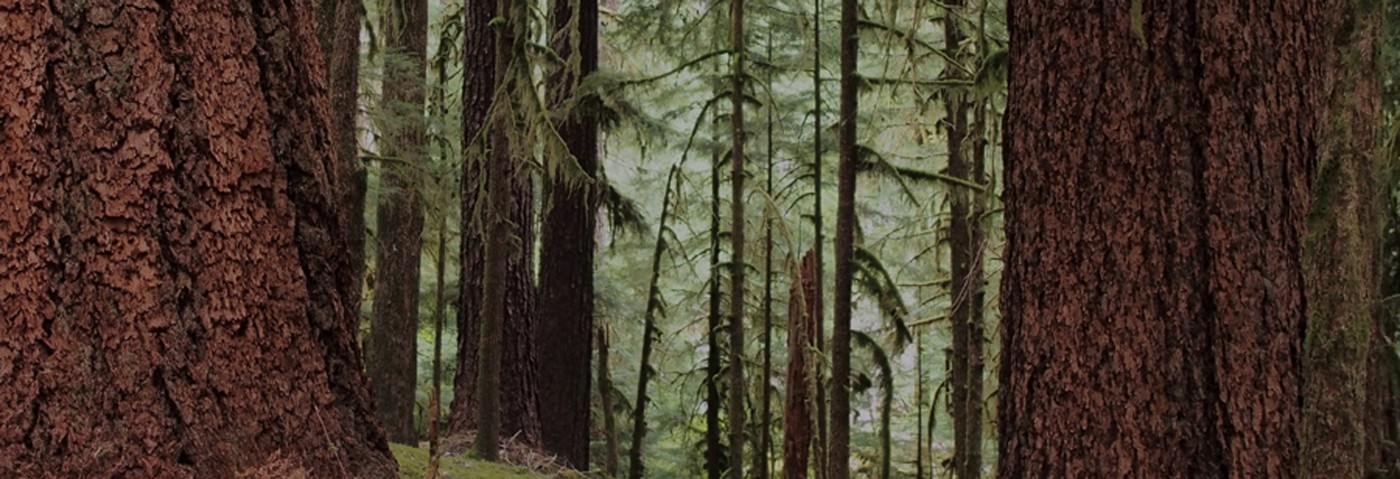
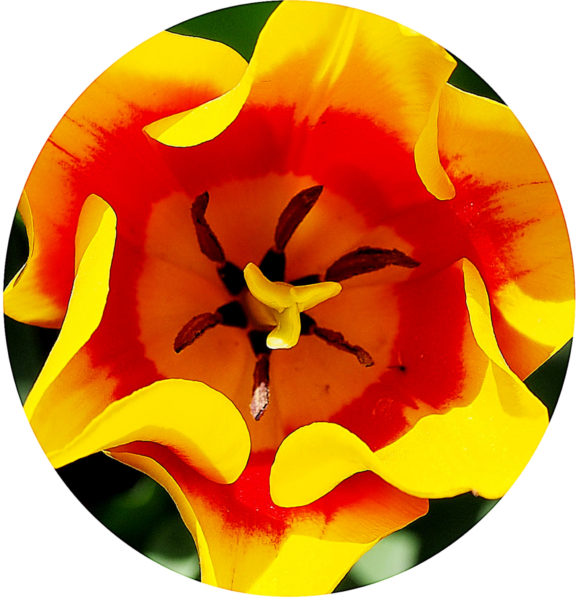
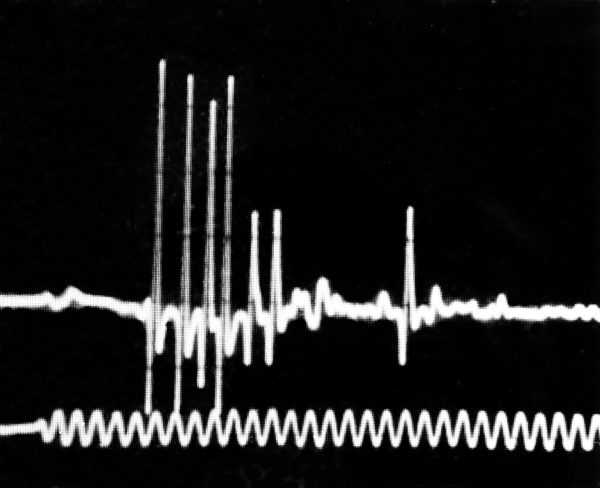
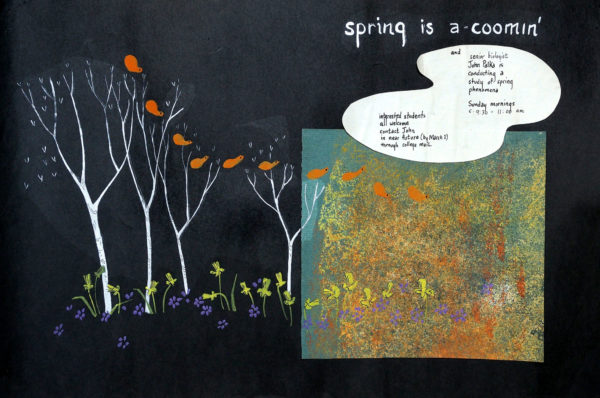
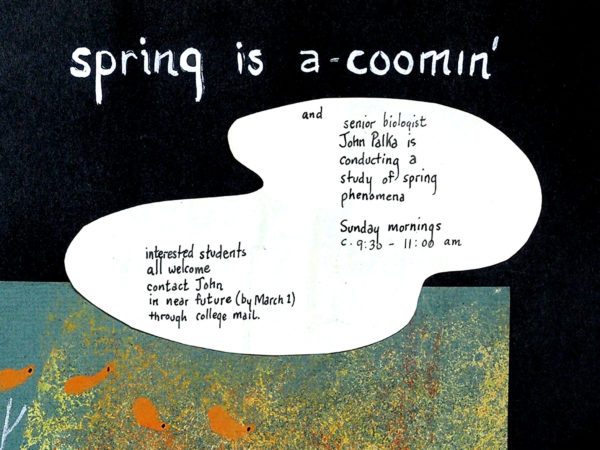

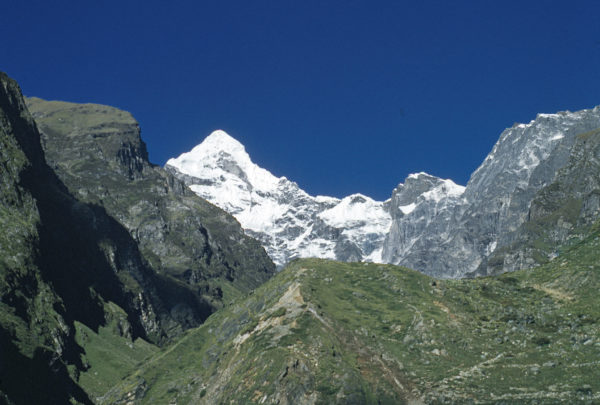
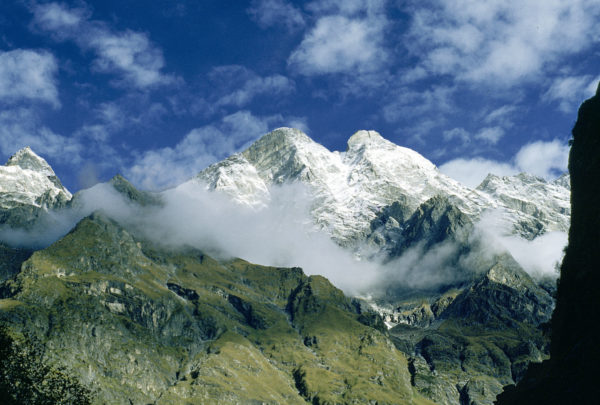
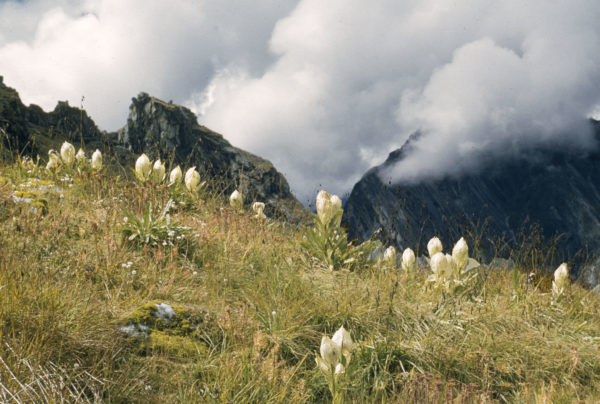

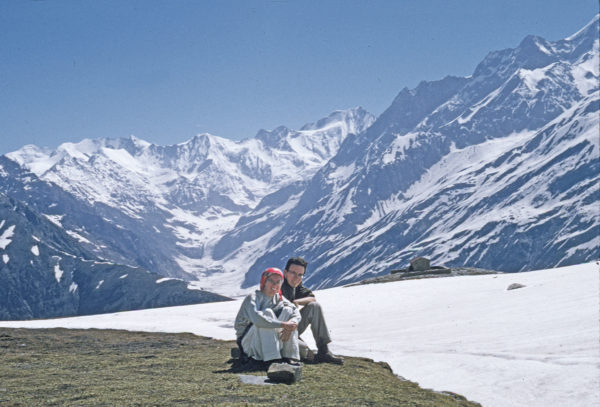
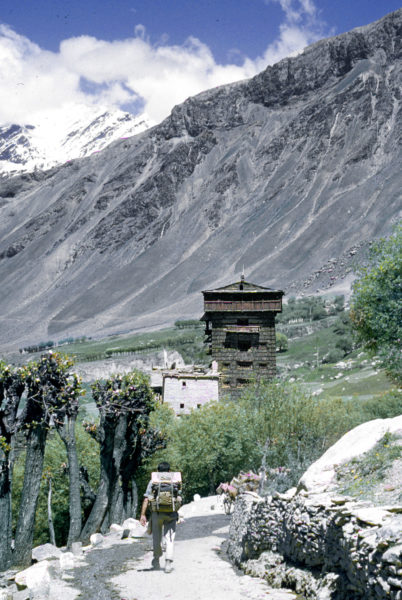
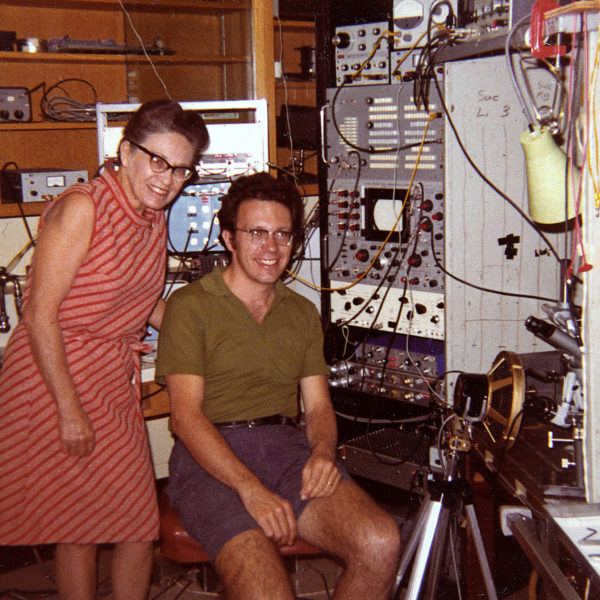
So enjoyable to travel history with you and Yvonne… And soon more to come!! Great stories of your own process – thanks much again.
And thank you, Marty, for your continued engagement with me.
I thank you for this wonderful description of the start of your life of adventures and in science. It was a pleasure to read and I admire Yvonne’s and your sense of adventure and boldness. All the best for more adventures to come.
Thanks, Andrea. Isn’t it amazing what all can happen if you just open up to possibilities?
Johnny, I loved this post. What a remarkable story woven with words and photos. And your adventure continues!
It continues indeed. We leave for Minnesota on Sunday and for India at the end of November!
This is wonderful, Johnny!
Swarthmore inspires!
So wonderful! You and Yvonne are so inspirational. Thank you Johnny!
Thank you, Kate.
Wonderful stories, Johnny–I have heard some of them before but not in detail. I had no idea about the adventures in the mountains and the collecting you did. You and Yvonne have always been models of strength and persistence to me. And I remember being privileged to lean on your knowledge and experience in our senior year Plant Taxonomy class.
And this was only a sampling of the ones most relevant to Nature’s Depths!
A true picture of passion for learning, adventure, gratitude and humanity! Such a well- lived life!!!!
Thanks, Sweetheart.
Thank you for this beautifully written history of your path and Yvonne’s since we left Swarthmore in 1960, John.
Swarthmore certainly set the stage for both Yvonne and me, and I bet it did so for the vast majority of its students.
How do I sign up for a summer collecting course? It sounds like such fun.
Yes, those were fabulous courses, and similar ones still exist. I think I might know of a private tutor who is sometimes available, however, which would be a lot more convenient! His initials are JP.
Thank you so much for your story. I wish I had known you while we were at Swarthmore. Your curiosi and spirit of adventure that took you to India for so many years is truly inspirational. I feel very humble.
Thank you, Johnny, for sharing this rich tapestry of your path. And as always, you photographs make it even more vivid.
So when you get in the muse for more biographical information, how about some insights on neurology that came from rearing two daughters!
Johnny,
I do remember that lab in the basement of natural history museum before we moved to Kincaid. I thoroughly enjoyed reading here of your years before Washington. Much was new to me. Finally, good to see the picture of you in shorts again as you were always in those days. Are you still? David
I was very embarrassed to discover that I had not replied to your comment, David. Now I’m doing it from India, at the site of the great shore temple at Mahabalipuram! No, I have become a somewhat conservative dresser, on the principle that care in dressing cultivates respect for the function in which one is participating. A bit of a switch from those early days!
Gratitude gives birth to generosity — the spirit that animates Nature’s Depths and its author’s autobographical narrative — thank you!
Thank you for those generous words, Paul!